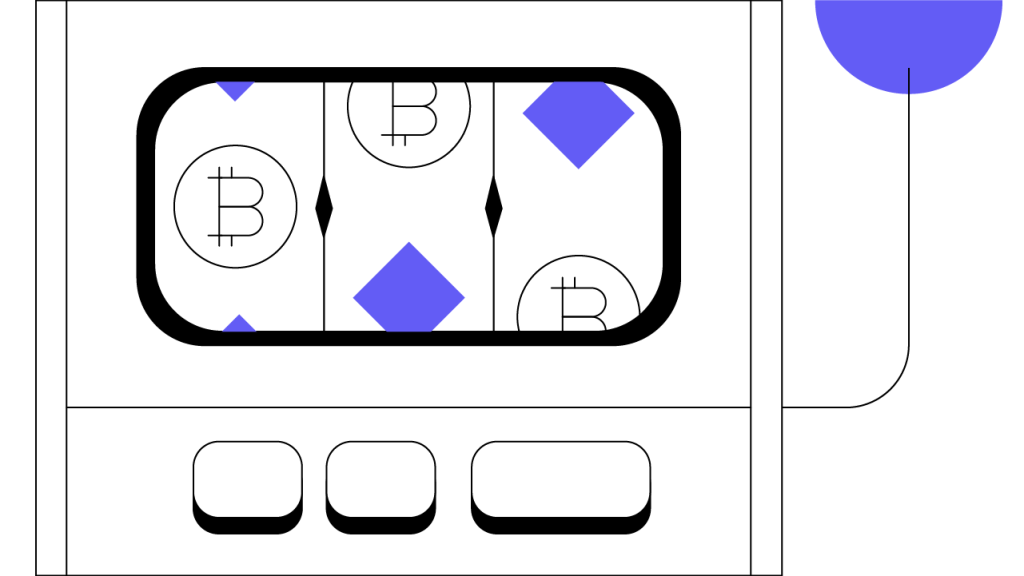Contents
Play-To-Earn: Gaming Economies Redefined
Blockchain technology is helping foster sophisticated gaming economies that bridge the virtual and physical worlds.

Summary
Traditional game developers tend to generate revenue by charging subscription or license fees to use their platforms. Once players gain access to the game, they can also purchase in-game assets like armor, vehicles, and weapons. However, these in-game assets are usually limited to a specific gaming environment, and in most cases they have little to no real-world value. In contrast, blockchain-based play-to-earn (P2E) games utilize non-fungible tokens (NFTs) to represent in-game assets, allowing players to maintain ownership of their purchases. In addition, unlike the traditional pay-to-play model, P2E gamers earn tradable token rewards by playing decentralized games.
What Are Play-to-Earn (P2E) Games? Benefits of P2E Gaming
Traditional video games live on networks managed by large companies. These entities tend to have complete authority over the in-game environment, deciding how and when players can access the game. In contrast, are built on , meaning they operate using .
Because P2E games are built on blockchain technology, they can tap into an array of decentralized functionalities, including and in-game rewards. Traditional games often charge subscription or license fees before granting players access. In contrast, P2E gamers usually need to hold a project-specific NFT to participate.
While there are costs associated with both, ownership of in-game assets and token rewards are some of the main benefits of P2E crypto games. Below, we’ll explore how such functionalities are altering gaming economics and why play-to-earn gaming is on the rise.
In-Game Assets and P2E NFTs
Since the introduction of online gaming, players have been spending money to purchase in-game assets like armor, weapons, and various other performance enhancements. Traditionally, this money has gone directly to game developers. In short, the traditional gaming economy is characterized by a relatively simple, one-way financial relationship: money flows from players to game developers.
P2E games seek to upend the status quo by tokenizing in-game assets, representing each as a unique NFT. Specifically, players can maintain ownership of these tokens, making it easy to move items between different gaming environments. For example, if a player purchases a weapon in one P2E gaming environment, the respective NFT can be held outside the platform. This dynamic can generate value for players in the real world if they decide to sell their P2E NFT items on a secondary marketplace. Games like and have shown how popular the P2E gaming model is becoming in the decentralized gaming ecosystem.
In-Game P2E Crypto Rewards
In traditional games, rewards are often limited to a specific gaming environment. For example, players might earn a performance upgrade that improves their gameplay. However, except in the case of professional gamers, there’s usually no real-world benefit derived from these rewards. In contrast, play-to-earn blockchain games allow players to monetize their time. For example, Axie Infinity players earn that they can trade for real-world money or spend in the game to improve their chances of winning more rewards.
The ability to earn assets players can exchange for is a significant incentive for gamers and helps explain why P2E is proliferating. This revenue-generating concept falls under the umbrella, representing the integration of gaming and . And while the popularity of P2E games continues to grow, some challenges complicate the adoption of decentralized gaming solutions.
P2E Gaming Challenges
The cost of purchasing an NFT makes some P2E games inaccessible. For example, Axie Infinity players need at least three Axies (in-game digital pets) to play the game, which might equal hundreds or thousands of dollars. Another challenge is that most P2E games have not yet achieved the graphics quality and user experience seen in traditional games. As a result, gamers might find the experience less engaging, making them less likely to participate in decentralized gaming.
The Future of P2E Gaming
Especially since the early 2020s, several mainstream gaming companies have been building out P2E gaming plans and functionalities. However, while this shift may benefit many players, some worry that gaming will become too focused on generating profits. As a result, the long-term viability of this economic model has yet to be proven, and its impact on the gaming experience leaves many questions unanswered.
Despite the various concerns that remain, many believe P2E cryptoeconomic models will play a key role in the future of gaming. Instead of paying to access games, players can get paid for their participation and can amplify profits by trading in-game assets.

Author
Is this article helpful?
